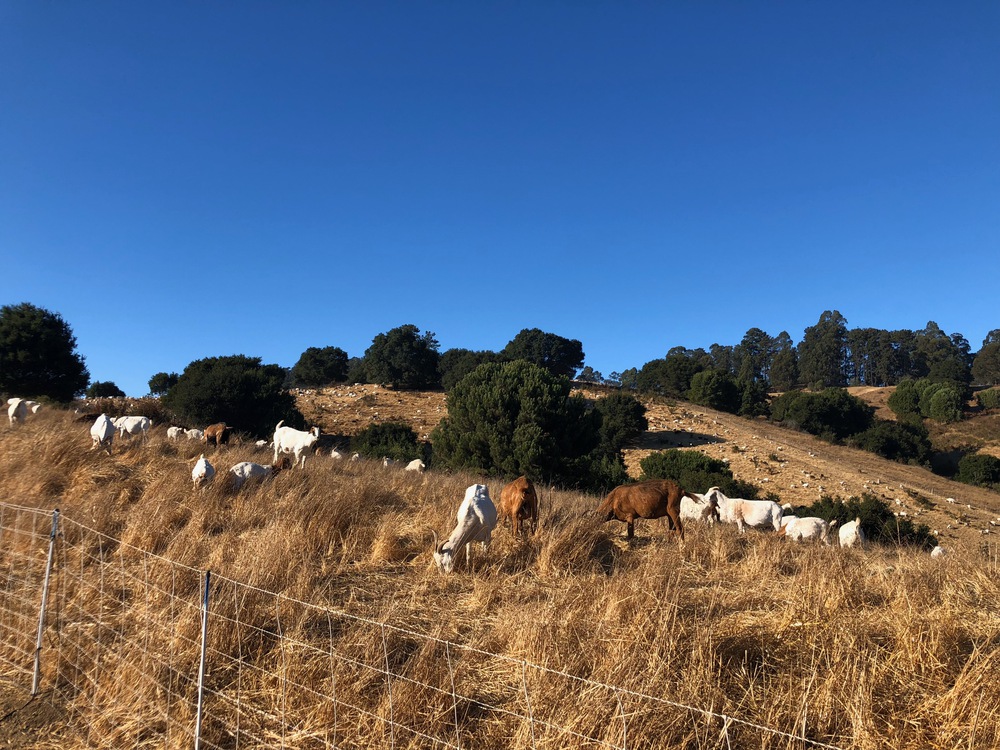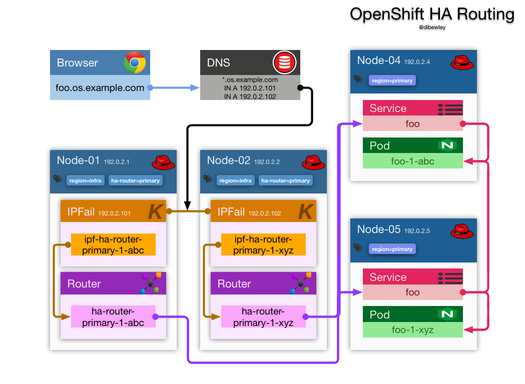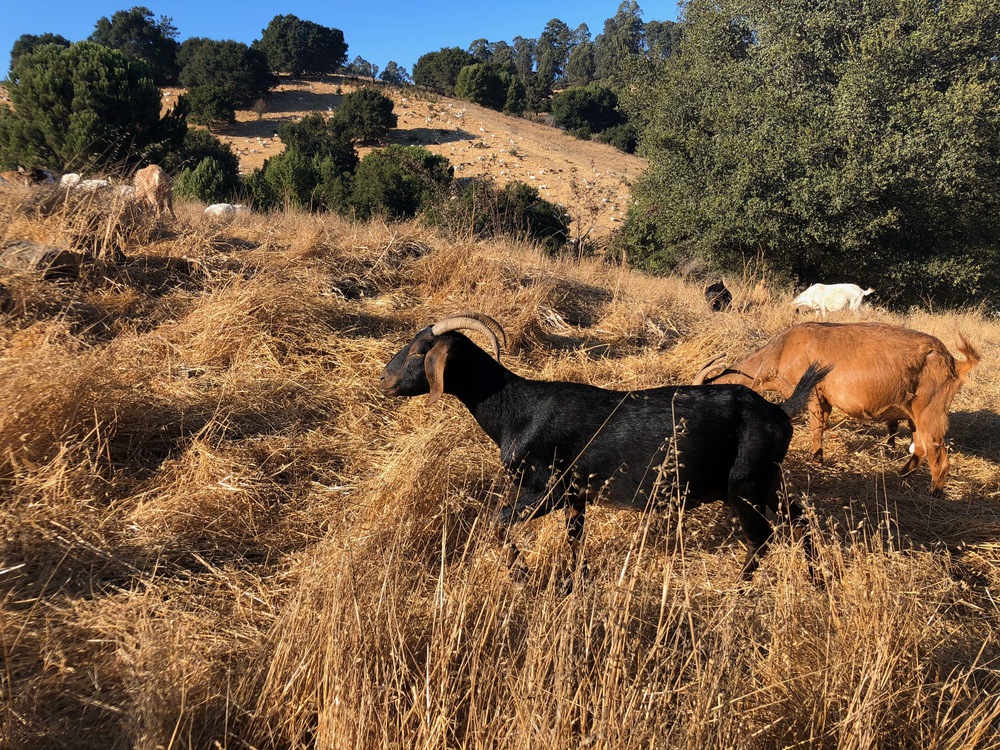Changing the SSL Certificate for OpenShift Console
OpenShift has an internal CA for generating certificates to authenticate intra-cluster communication, but your browser doesn’t trust this CA. Perhaps you want to fix that without mucking with the internal SSL communication? I did. Here is how. This OpenShift doc explains how to do this, but it isn’t very clear, to me at least. Overview An outline of the steps: Only make changes to the public URLs and not any internal URLs.










